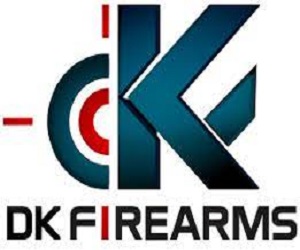Yoshi
Invictus
Probably a dumb question, but when co-witnessing, does anyone zero their red-dot different from their irons? As in, say, the red-dot at 50yds and the irons at 100yds?
I've read several different methods:
Haven't heard of using both for differing distances since you're supposed to see both through the glass, right?
I've read several different methods:
- Red-Dot aligned with front site post - both zeroed to a certain distance.
- Irons in lower 1/3 of red-dot site picture.
- Etc...
Haven't heard of using both for differing distances since you're supposed to see both through the glass, right?






